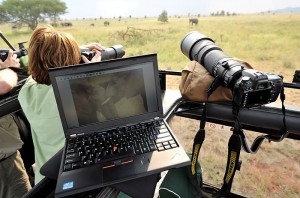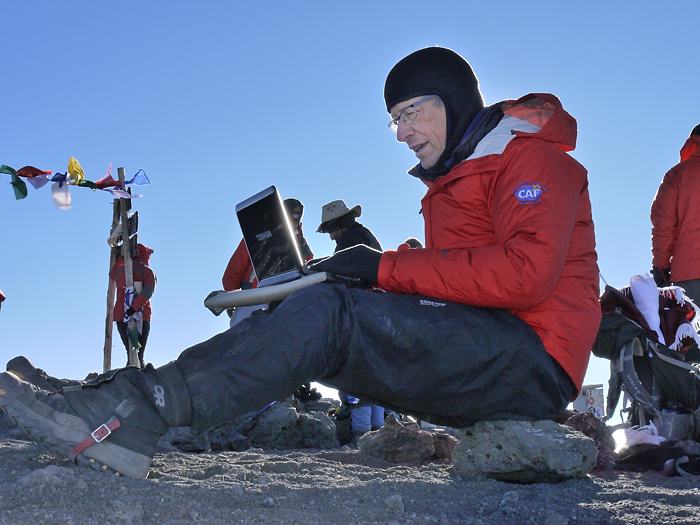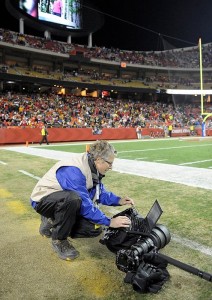There’s a lot of talk about 2012 being the year of the ultraportable computer, and that’s good news for us photographers.
Two years ago I had an assignment to follow a group of disabled vets climbing Mt. Kilimanjaro in Africa. I needed to be able to download, check my images and back-up the photos shot during the trip. A regular laptop would be too heavy, the battery would die too quickly, and would be an expensive piece of gear that could easily get broken. So instead, for $300, I bought a netbook that would last the week on the mountain without needing to be recharged and had more than enough storage space. And once off the mountain I could use it to process and deliver images to wire services and television networks around the world. The 8-hr battery life was crucial, but to get that and a low price, the netbook was very low-powered. And the screen wasn’t anything to brag about.
 Last year I moved up to a Lenovo X220, one of the first of this new breed called ultraportables. About the same size and weight as a netbook, it’s got a great screen and enough power to really get some heavy-duty image processing done (i7 quad-core, 8 GB RAM running Windows 7 64-bit). Battery life isn’t great (downside of small and powerful), but I can attach a “Slice” battery to the bottom (adding about a pound of weight) and get six hours of serious work done. I fell in love with it as a travel machine, and have traveled extensively with it, including trips to Africa, Italy and Switzerland.
Last year I moved up to a Lenovo X220, one of the first of this new breed called ultraportables. About the same size and weight as a netbook, it’s got a great screen and enough power to really get some heavy-duty image processing done (i7 quad-core, 8 GB RAM running Windows 7 64-bit). Battery life isn’t great (downside of small and powerful), but I can attach a “Slice” battery to the bottom (adding about a pound of weight) and get six hours of serious work done. I fell in love with it as a travel machine, and have traveled extensively with it, including trips to Africa, Italy and Switzerland.
Since the start of this year we’re seeing more ultraportables like that X220, but even lighter, as powerful and with even longer battery life. From new Lenovos to the MacBook Airs, these laptops are making it easier to be a traveling photographer and get some serious work done, without breaking your back. I love it when technology works for me, and these new machines do that in a big way.


